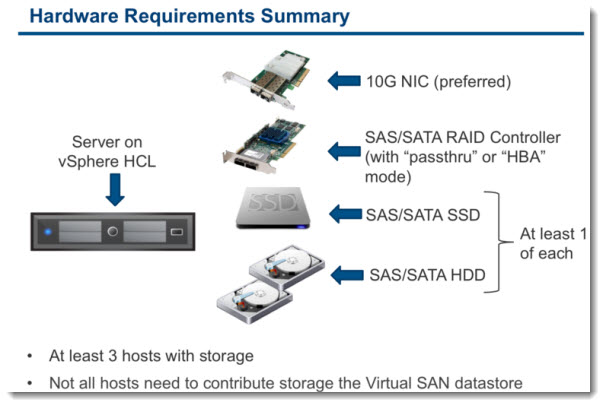7x24 Fixed Call : 0809-085-919
What is Hyperconverged Infrastructure?
Hyperconverged infrastructure (HCI) is a software-defined, unified system that combines all the elements of a traditional data center: storage, compute, networking, and management.
Traditional three-tier architecture is expensive to build, complex to operate, and difficult to scale.



